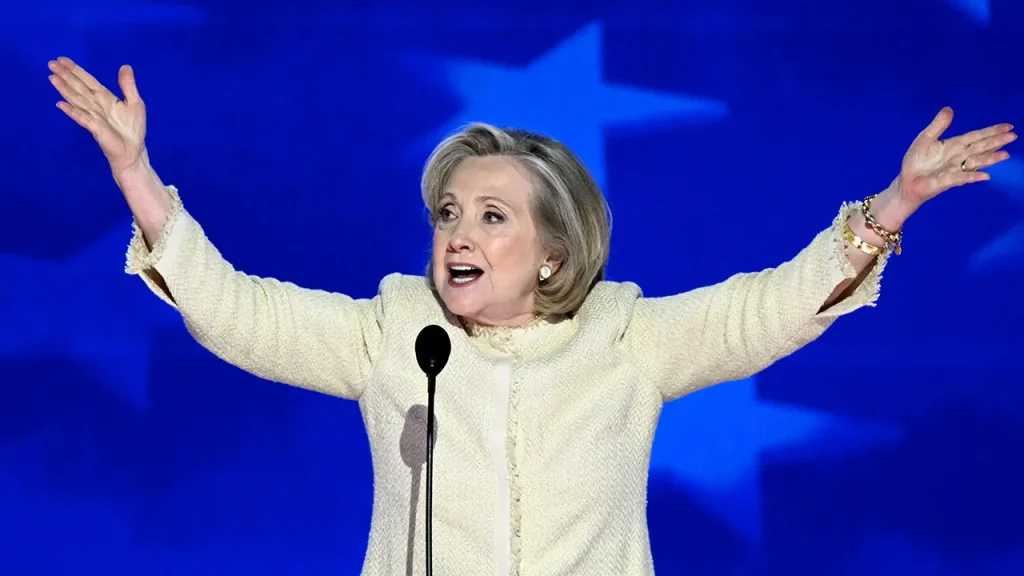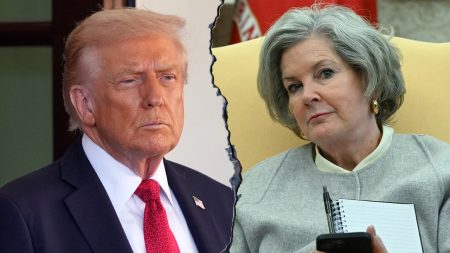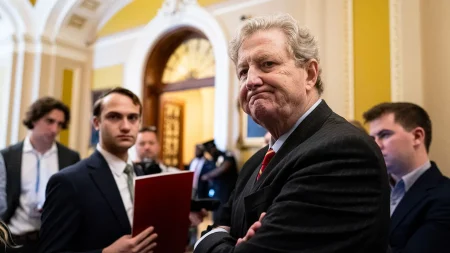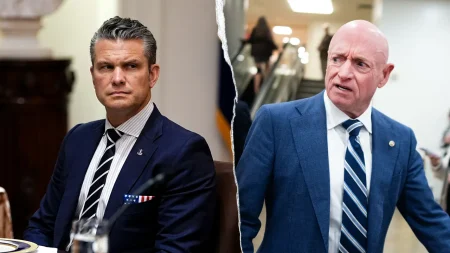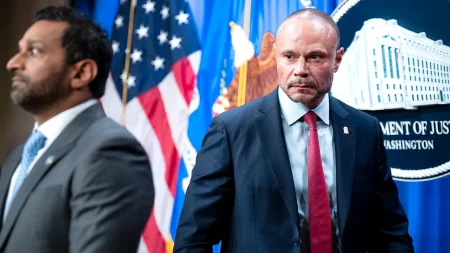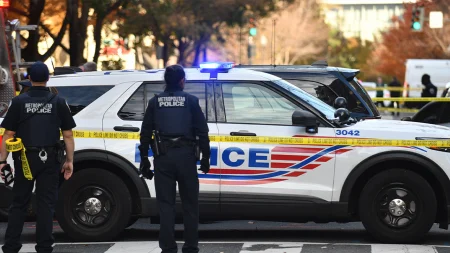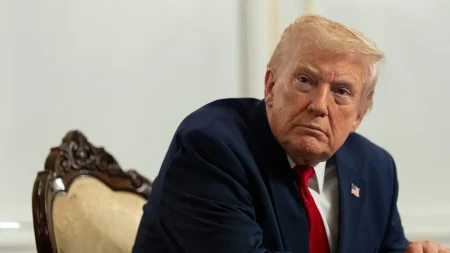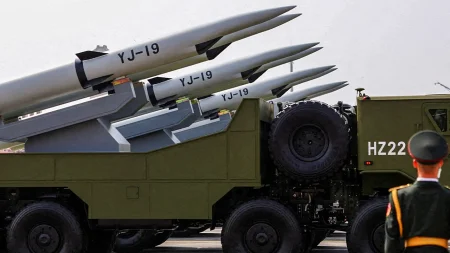Trump’s AI Video Stirs Controversy Amid ‘No Kings’ Protests
In a moment that perfectly encapsulates America’s politically polarized climate, former President Donald Trump posted a satirical AI-generated video that has sparked outrage among Democrats and anti-Trump critics. The video, which showed Trump wearing a crown while flying a military jet and dropping brown sludge on “No Kings” protesters, came in response to nationwide demonstrations that saw millions of Americans take to the streets in protest against what they view as Trump’s monarchical tendencies. The timing of Trump’s provocative post couldn’t have been more deliberate, appearing shortly after the massive protests that occurred across major U.S. cities on Saturday.
Former Secretary of State Hillary Clinton was quick to respond to Trump’s video, posting on X (formerly Twitter): “He’s definitely not mad that 7 million Americans came out to protest him yesterday.” Her sarcastic comment was just one among many critical reactions from prominent Democrats and activists. The protests themselves were organized around concerns that Trump has been governing more like a king than a president, with particular focus on his administration’s immigration policies and deportation efforts. Protesters carried signs and chanted slogans emphasizing the American rejection of monarchy and unchecked executive power—themes that trace back to the nation’s founding principles.
The controversial video featured an AI-generated Trump in a fighter jet while the “Top Gun” theme song “Danger Zone” played in the background. In perhaps the most inflammatory aspect of the clip, the digital Trump proceeded to dump what appeared to be sewage or brown sludge directly onto protesters below, including liberal influencer Harry Sisson. The crude imagery prompted Sisson to respond directly: “Can a reporter please ask Trump why he posted an AI video of himself dropping poop on me from a fighter jet?” Kenny Loggins, the singer of “Danger Zone,” also issued a statement demanding the removal of his music from the video, stating, “I can’t imagine why anybody would want their music used or associated with something created with the sole purpose of dividing us.”
Liberal groups and activists expressed their disgust with the video across social media platforms. The Occupy Democrats account called it “DISGUSTING,” while gun control activist David Hogg pointedly noted, “The person who posted this has access to the nuclear codes.” Other critics mocked the childish nature of the video, with Jeremiah Johnson of the Center for New Liberalism commenting, “‘I’m gonna take a big dookie on the protestors! I’m gonna be king!’ Sure you are lil buddy, you’re 12.” These reactions reflect the growing concern among Trump’s opponents about his temperament and respect for democratic norms, particularly as the country remains deeply divided over his leadership style and policies.
When questioned about the protests on Sunday, Trump dismissed them while rejecting the characterization of himself as a monarch: “I’m not a king. I work my a– off to make our country great. That’s all it is. I’m not a king at all.” His defense suggests a fundamental disconnect between how Trump views his leadership and how his critics perceive it. The protests themselves represented one of the largest coordinated demonstrations against Trump’s administration, with participants arguing that his policies and rhetoric demonstrate authoritarian tendencies that run counter to American democratic values. The tension between Trump’s supporters, who view him as a strong leader willing to challenge the establishment, and his detractors, who see him as dangerously overreaching presidential authority, continues to define American political discourse.
House Speaker Mike Johnson defended Trump’s controversial video on Monday, framing it as effective satire and a demonstration of Trump’s social media prowess. “The president uses social media to make the point,” Johnson told reporters during a press conference. “You can argue he’s probably the most effective person who’s ever used social media for that. He is using satire to make a point.” This defense highlights how Trump’s unconventional communication style remains both a strength with his base and a lightning rod for criticism from opponents. As the nation continues to grapple with deep political divisions, incidents like this video and the subsequent reactions serve as reminders of how social media has transformed political communication and how differently Americans interpret the same content depending on their political affiliations.





